Jodhpur
Echoes of the Past: A Deep Dive into Jodhpur’s Royal History
Jodhpur, often hailed as the “Blue City” or the “Sun City,” is more than just a picturesque destination; it’s a living testament to centuries of Rajput valor, architectural brilliance, and cultural evolution. Every fort wall, every palace corridor, and every narrow lane in Jodhpur whispers tales of its glorious past. At Aadesh Venture, we believe understanding this rich history is key to truly appreciating the magic of this magnificent city.
The Foundation: Rao Jodha and the Birth of Jodhpur (15th Century)
The story of Jodhpur begins in 1459 AD with Rao Jodha, the chief of the Rathore clan of Rajputs. Prior to Jodhpur, the Rathores ruled from the nearby town of Mandore. As the Rathore clan grew in power and influence, Rao Jodha recognized the strategic importance of a more secure capital. He chose a commanding, isolated rock hill, locally known as Bhakurcheeria (mountain of birds), as the ideal site for his new fort and city.
On May 12, 1459, the foundation of Mehrangarh Fort (meaning “Fort of the Sun” or “Mihirgarh”) was laid. The city of Jodhpur, named after its founder, soon flourished around the formidable fort walls, quickly becoming the capital of the powerful Marwar kingdom. This strategic location on the Delhi-Gujarat trade route significantly contributed to its prosperity.
The Golden Age: Expansion and Influence (16th – 18th Centuries)
Following its foundation, Jodhpur saw significant expansion and consolidation under successive Rathore rulers. The kingdom of Marwar became one of the largest and most influential in Rajasthan.
-
Alliance and Conflict with Mughals: Like many Rajput states, Jodhpur had a complex relationship with the mighty Mughal Empire. While there were periods of fierce conflict, several Jodhpur rulers also formed strategic alliances with the Mughals, serving in their armies and even intermarrying. This period led to a fascinating blend of Rajput and Mughal architectural styles, evident in some of Jodhpur’s palaces. Rulers like Maharaja Jaswant Singh I played significant roles in the Mughal court.
-
Architectural Flourishes: The core of Mehrangarh Fort was continuously expanded and embellished by various Maharajas, each adding their distinct touch – from the intricate carvings of Phool Mahal to the exquisite mirror work of Sheesh Mahal. The surrounding city also grew organically, with many havelis (mansions) and temples reflecting the evolving aesthetic.
The British Era and Modern Transformation (19th – 20th Centuries)
The 19th century brought the rise of British influence in India. In 1818, Jodhpur became a princely state under the British Raj, maintaining its internal autonomy but adhering to British foreign policy.
-
Modernization under Maharaja Umaid Singh: One of the most prominent figures in Jodhpur’s modern history was Maharaja Umaid Singh (ruled 1918-1947). Recognizing the challenges faced by his people, particularly during a famine, he embarked on ambitious public works. His most iconic contribution is the magnificent Umaid Bhawan Palace, a grand residential palace (and now partly a luxury hotel and museum). Built between 1929 and 1943, it was conceived to provide employment to famine-stricken farmers, a remarkable act of royal benevolence. The palace is an architectural marvel, blending Rajput, Mughal, and Art Deco styles.
-
Development and Infrastructure: Under Umaid Singh and his successors, Jodhpur saw significant development in infrastructure, including roads, railways, and educational institutions, transforming it into a more modern city while retaining its historical essence.
Independence and Beyond (Post-1947)
Upon India’s independence in 1947, the princely state of Jodhpur, like others, acceded to the Indian Union. The royal family continues to be revered locally, maintaining a connection to their heritage and often engaging in cultural preservation and charitable activities.
Today, Jodhpur stands as a vibrant metropolis that gracefully bridges its illustrious past with the present. The blue houses that give the city its famous moniker are believed to be traditionally associated with Brahmins, but later adopted by others, possibly for their cooling properties in the desert heat, or simply as a distinctive marker.
Experience Jodhpur’s History with Aadesh Venture
Walking through Jodhpur is like stepping into a living museum. From the formidable ramparts of Mehrangarh Fort that have witnessed centuries of battles and celebrations, to the tranquil marble of Jaswant Thada, and the grand scale of Umaid Bhawan Palace, every structure tells a story.
At Aadesh Venture, we offer curated tours that delve deep into this rich historical tapestry. Our knowledgeable guides and comfortable taxi services ensure you don’t just see the sights, but truly understand the sagas of courage, romance, and resilience that shaped the Blue City.
Let Aadesh Venture be your guide to the captivating history of Jodhpur. Contact us to plan your historical expedition today!
- Destination Jodhpur
- How To Reach Airport / Railway Station / Bus Stand
- Included Food Hotel Stay
- Not Included Monumental Charges
Tour Plan
Fort & Palace
City & Garden
Culture Adventure & Safari
Tour Location
Location info
Reaching Jodhpur: Your Gateway to the Blue City Jodhpur, the enchanting "Blue City" of Rajasthan, is well-connected to India's major metropolitan centers. Planning your journey is easy, and Aadesh Venture can assist with comfortable and reliable taxi services for local transfers and tours upon your arrival.
How to Reach Jodhpur from Metro Cities: 1. From Delhi (National Capital Region):
Distance: Approximately 600-620 km. Transport Mediums: By Flight: The quickest way. Regular direct flights are available from Delhi's Indira Gandhi International Airport (DEL) to Jodhpur Airport (JDH). Flight duration is around 1 hour 15 minutes. By Train: Several direct trains connect Delhi to Jodhpur, including comfortable overnight options. Journey time varies from 9 to 12 hours depending on the train. By Road: A long but manageable drive. You can hire a private taxi from Aadesh Venture for a comfortable journey, or opt for a bus. The drive takes approximately 10-12 hours. 2. From Mumbai (Financial Capital):
Distance: Approximately 950-1000 km. Transport Mediums: By Flight: Direct flights from Mumbai's Chhatrapati Shivaji Maharaj International Airport (BOM) to Jodhpur Airport (JDH) are available. Flight duration is typically around 1 hour 45 minutes. By Train: Several direct trains connect Mumbai to Jodhpur. This is a popular overnight option, with journey times ranging from 16 to 20 hours. By Road: A long drive, generally not recommended for direct travel unless you plan multiple stops. A private taxi can cover it in about 18-20 hours. 3. From Jaipur (Rajasthan's Capital / Nearest Major City):
Distance: Approximately 330-350 km. Transport Mediums: By Flight: Short direct flights are available, taking around 45-60 minutes. By Train: Regular train services connect Jaipur to Jodhpur. Journey time is usually 5-7 hours. By Road: A very popular and scenic route. A comfortable 5-6 hour drive by car or bus. Aadesh Venture offers excellent taxi services for this route, perfect for a road trip or direct transfer. 4. From Ahmedabad (Gujarat):
Distance: Approximately 450-480 km. Transport Mediums: By Flight: Direct flights are available, taking around 1 hour. By Train: Direct train connections are available, with journey times of 8-10 hours. By Road: A direct drive of about 8-9 hours by car. Aadesh Venture can arrange a comfortable taxi for your journey. Upon Arrival in Jodhpur:
Once you arrive at Jodhpur Airport or Railway Station, Aadesh Venture's reliable taxi services with experienced local drivers are ready to pick you up and take you directly to your hotel or start your sightseeing tour. Enjoy a hassle-free transfer and begin your exploration of the Blue City right away!
Contact Aadesh Venture to arrange your comfortable transfers and local tours in Jodhpur!

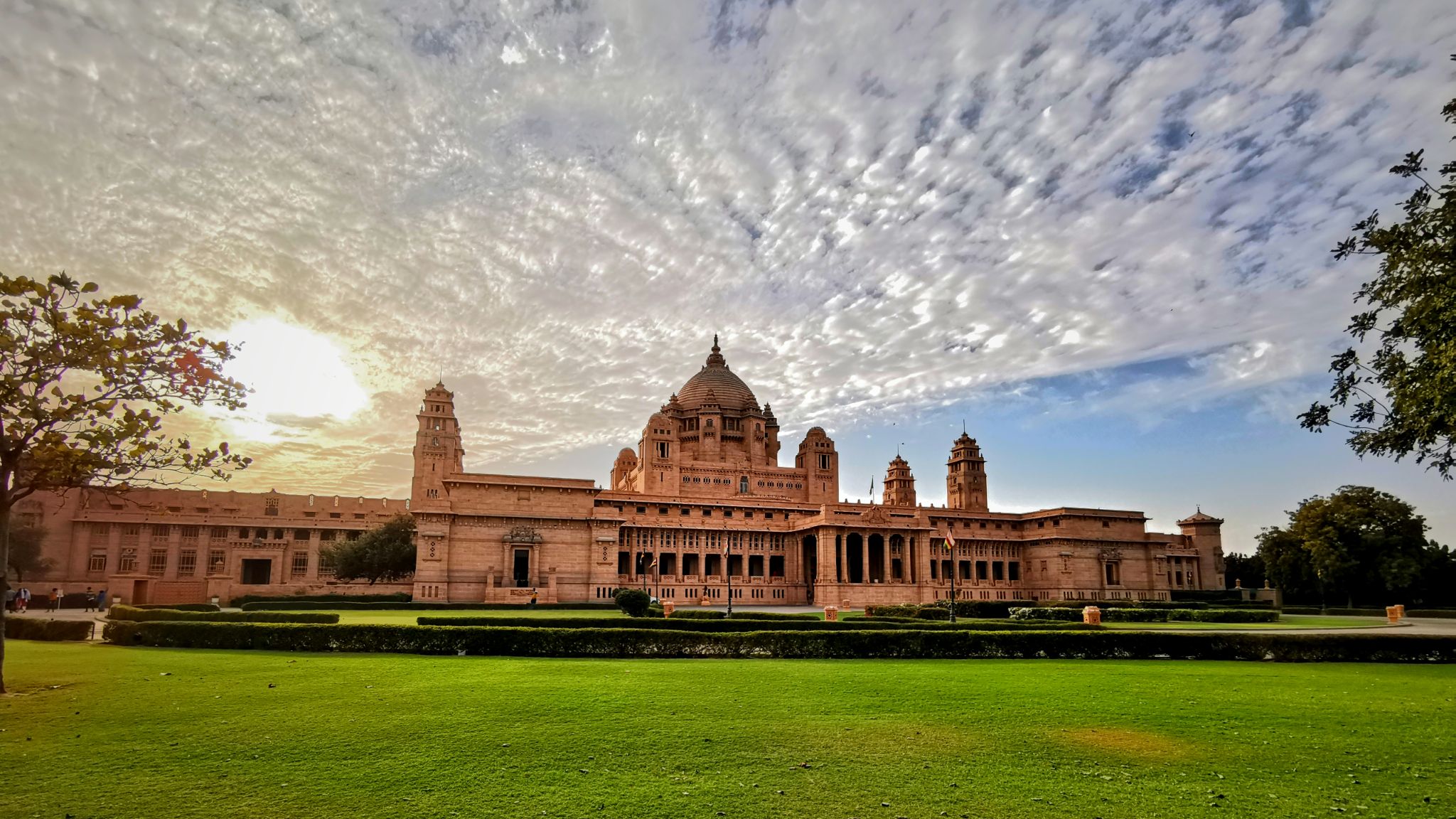
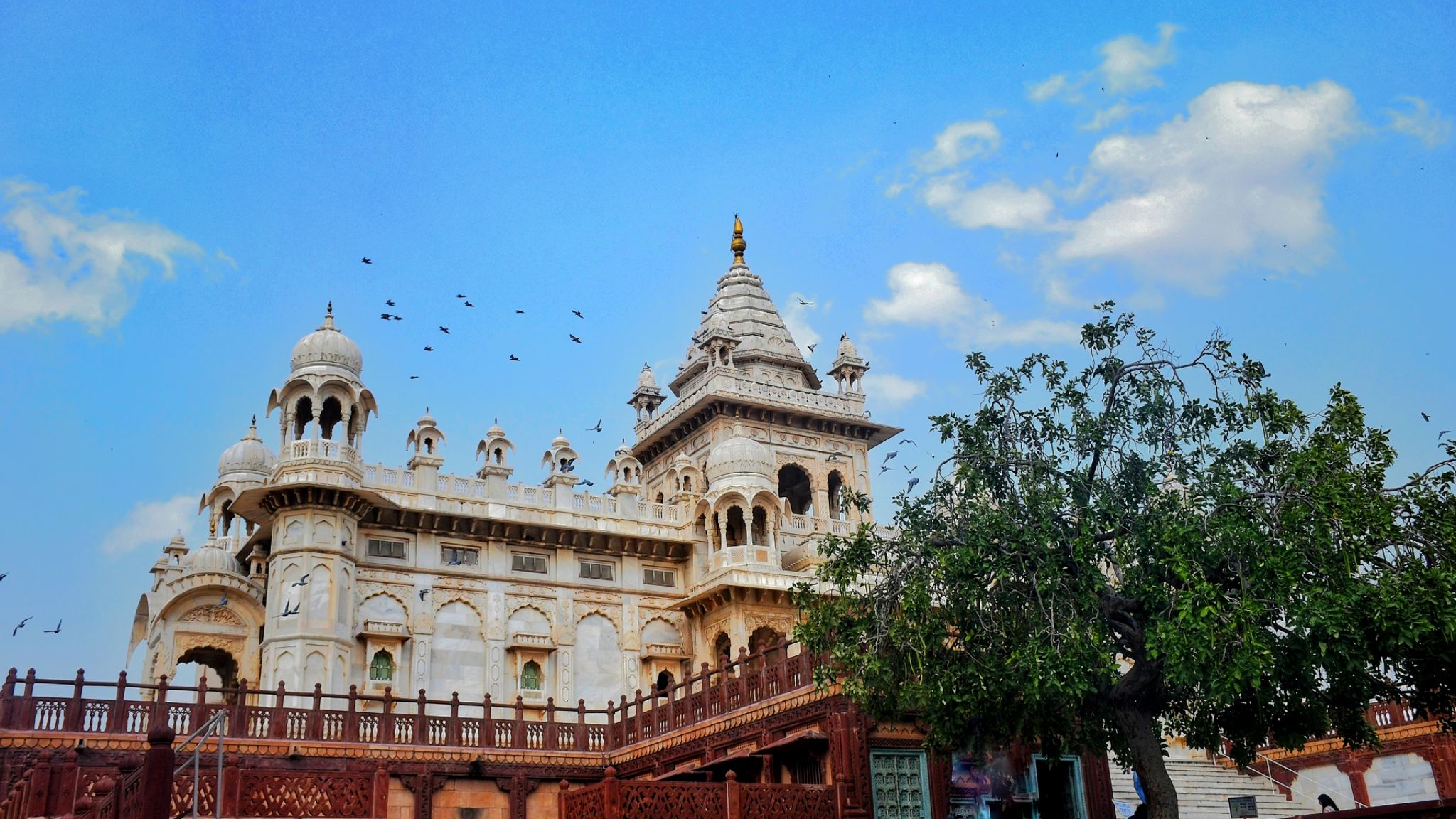











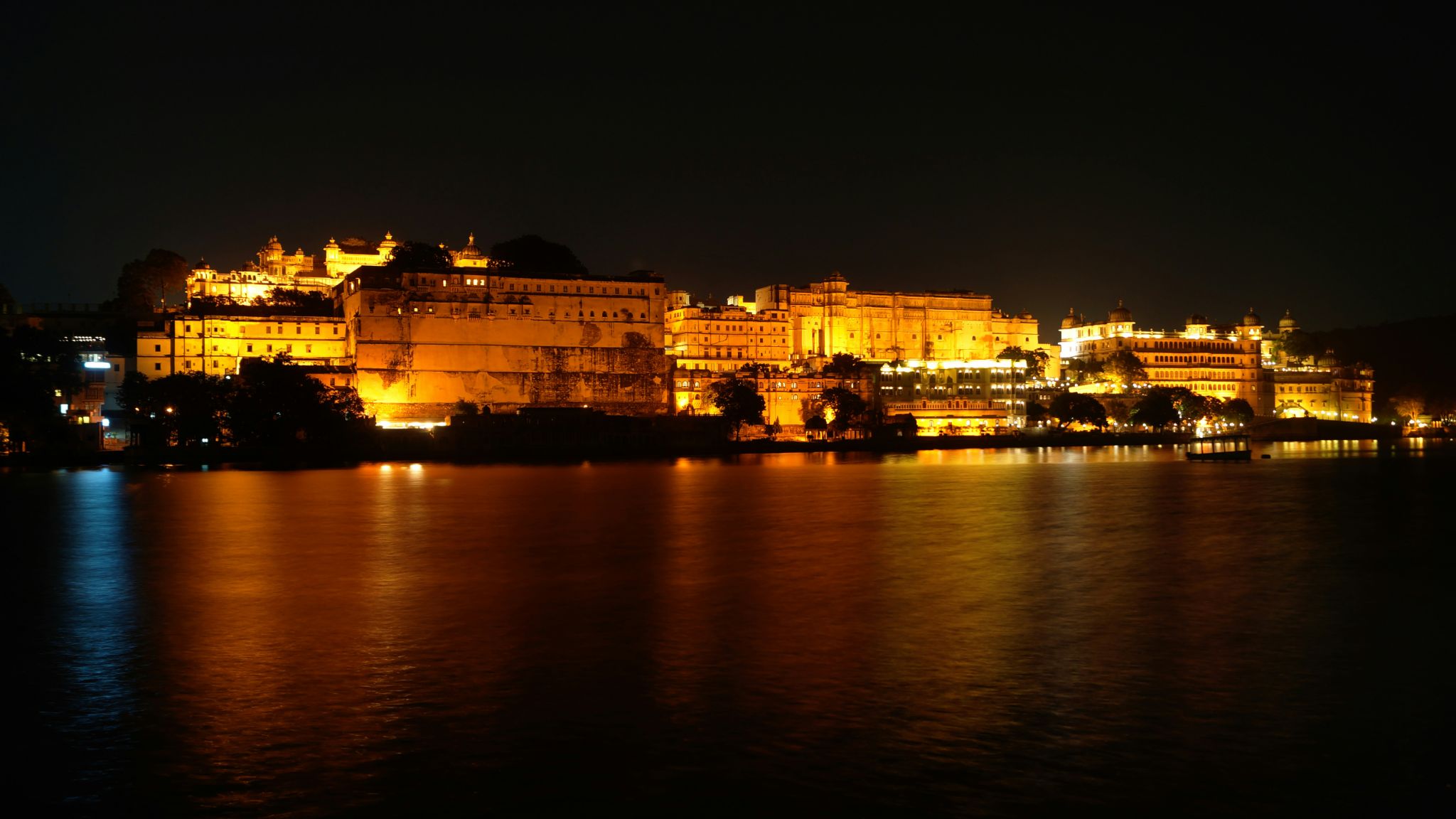
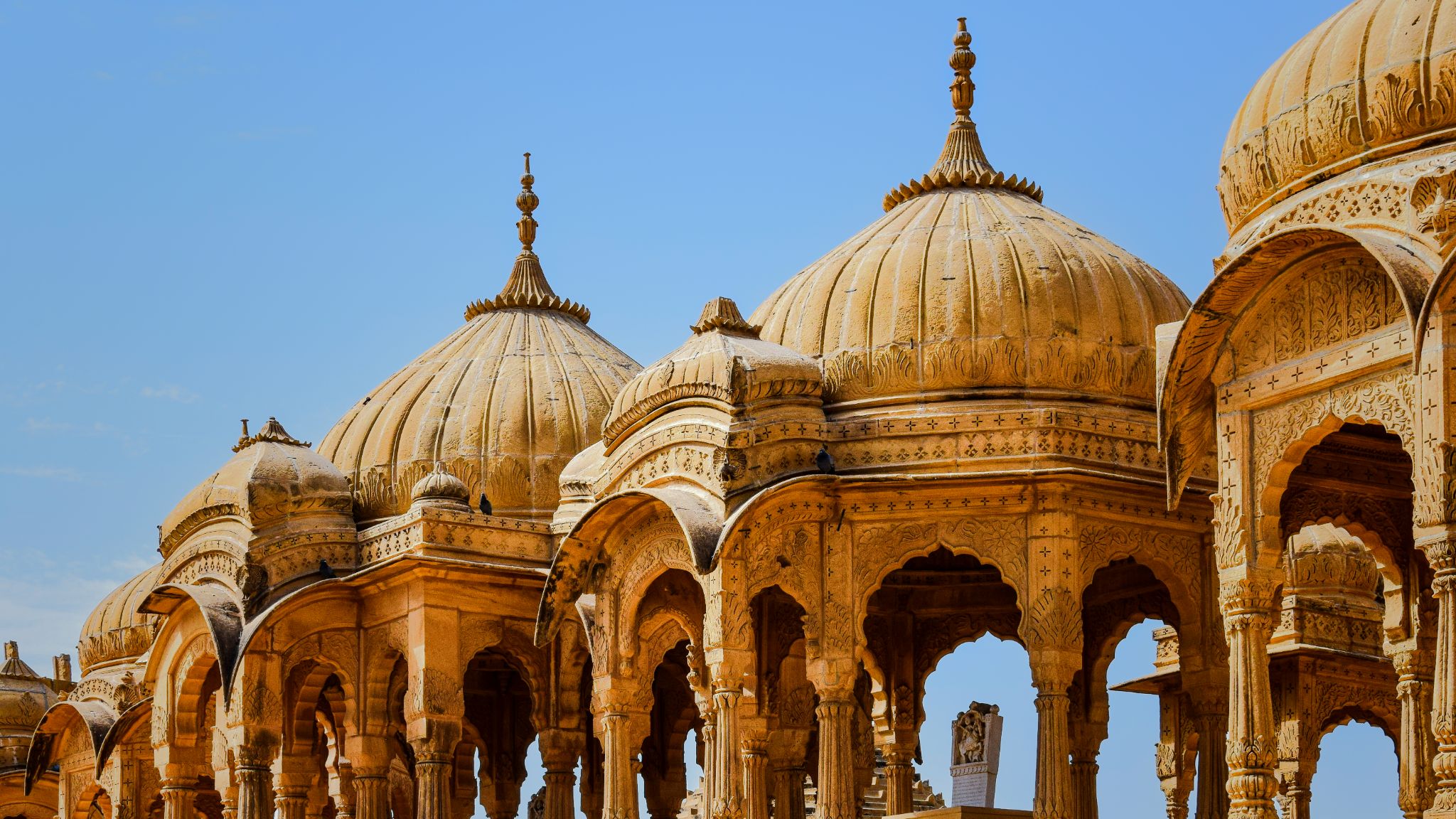
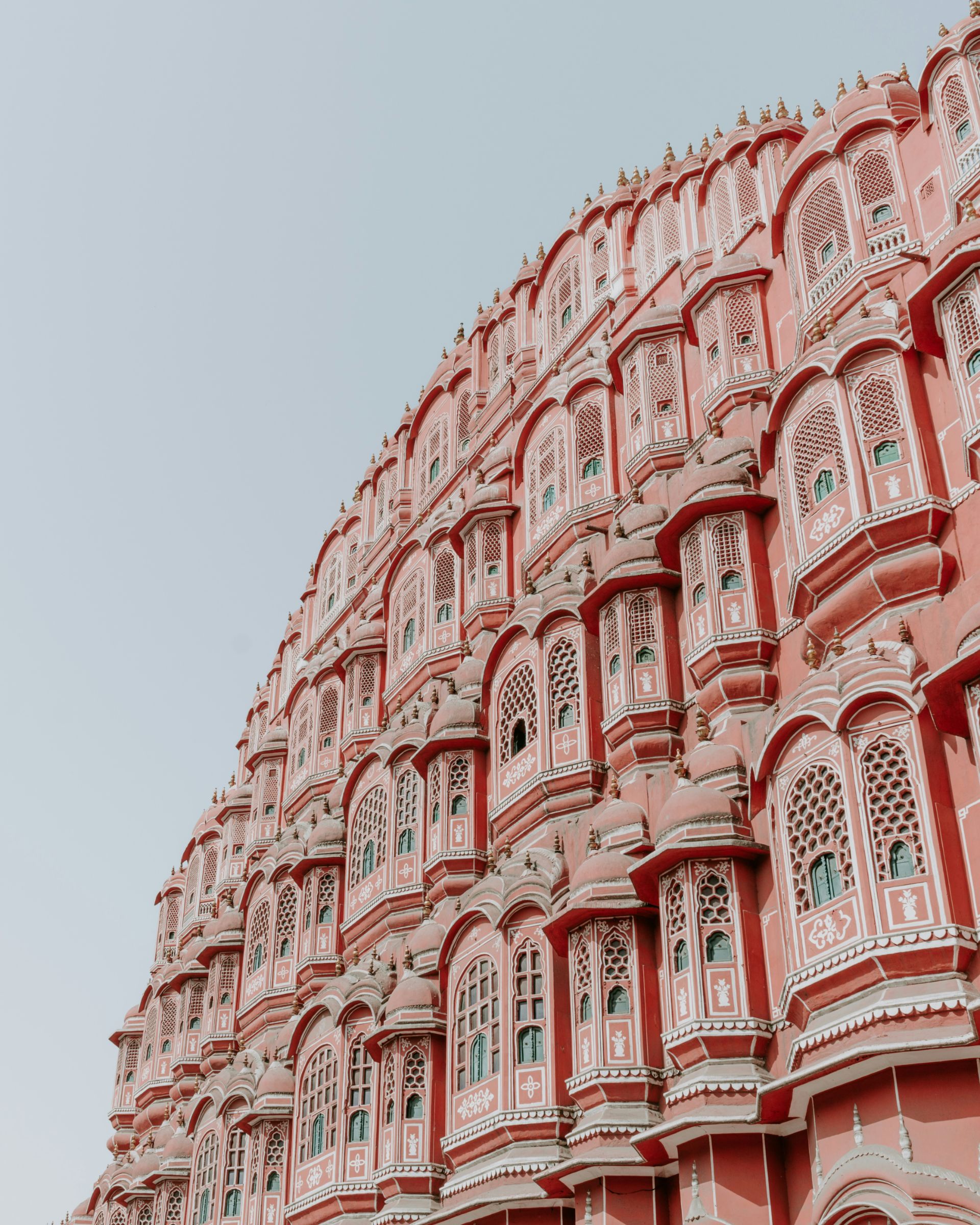


Leave a Reply